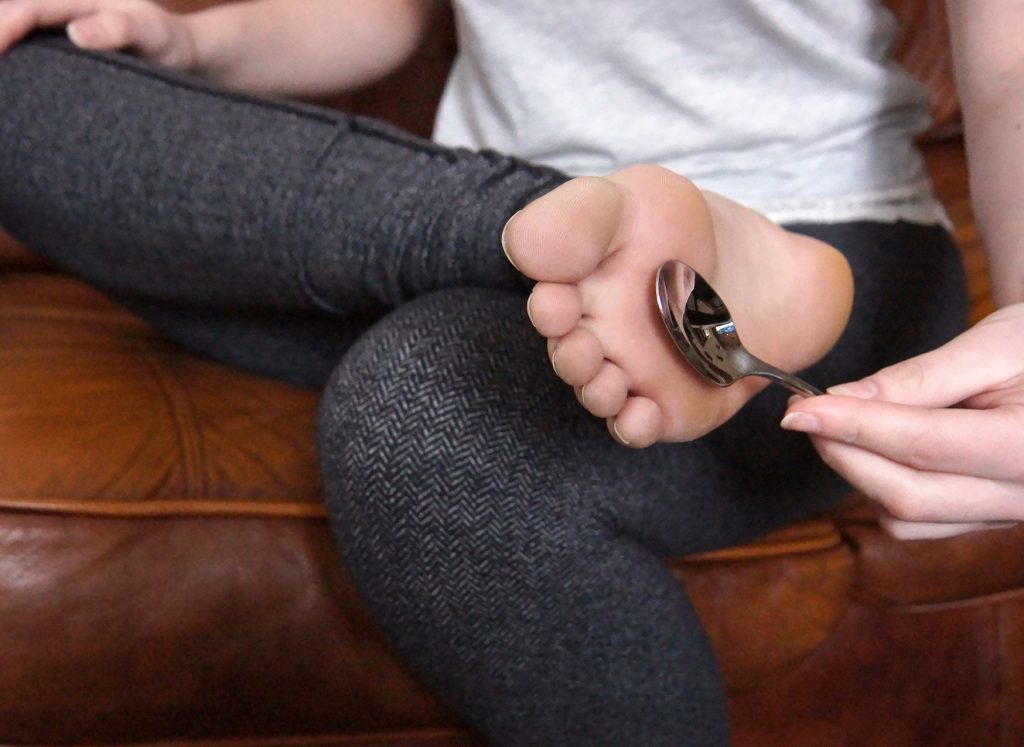Why Grounding Is So Helpful For Your Wellness
What is Grounding?
In electrical terms, grounding refers to having an electrical connection to an object or to the Earth that can absorb an unlimited or large amount amount of current, usually used as a safety measure. In kinesiology terms, however, grounding (or earthing) refers to electrically connecting ourselves to the Earth.
Human cells are specialized to conduct electrical currents because they contain the electrically charged elements sodium, potassium, calcium, and magnesium. Our entire nervous system uses electricity to transmit signals throughout the body. It allows us to move, think, and feel. A disruption in our body’s electrical currents can create health problems. For example, in order for our heart to pump, our cells must generate electrical currents that allow the heart muscle to contract at the right time (Plante, University of Maryland).
The Earth’s subtle negatively charged electrical surface causes our bodies to equalize with the electrical potential of the Earth, which benefits our body and mind in so many profound ways. It is one of the oldest forms of natural health that supports positive physiological changes in the body.
So Here’s The Benefits
Studies show that grounding helps reduce anxiety, emotional stress, chronic pain, insomnia, and irritability. Claims are made that being grounded boosts our immune system and blood circulation, promoting rapid injury recovery. Cortisol, a well-known biomarker for stress and inflammation, normalizes after we are grounded (Ober, 2003). Research has also found improvement in heart rate variability, with the greatest improvements seen in patients that grounded 30-40 minutes daily for several days in a row (Chevalier, 2011).
In our modern society, there are numerous reasons we aren’t naturally grounded. Synthetic-sole shoes are also a major inhibitor to grounding. It can also be especially difficult to be grounded in the winter if you’re living in a cold climate. We spend less time outdoors and our bare feet rarely come in contact with the electron-enriched earth outside. Perhaps this lack of grounding contributes to our lethargy, gloom, irritability and many of the common symptoms of Seasonal Depressive Disorder (SAD). I hypothesize the bombardment of WiFi being in almost every building and EMF’s coming from cell towers all around also affects our electrical balance.
How To Ground Yourself
The easiest way to ground yourself is to simply go outside and make contact with the bare ground. Spending just a few minutes doing this every day can be very helpful. Unfortunately, this is not convenient during the winter months in cold climates.
Another way to ground yourself is to ‘spoon your feet.’ It might sound funny, but it’s a one way to ground yourself if you’re not able to go outside, or if you don’t have access to other grounding products (see below)!
You’ll need a stainless steel spoon. You can check if it’s stainless steel by seeing if a magnet sticks to it. Rub the spoon across the entire bottoms of your feet for about 15 seconds. Some people report feeling more grounded immediately.


